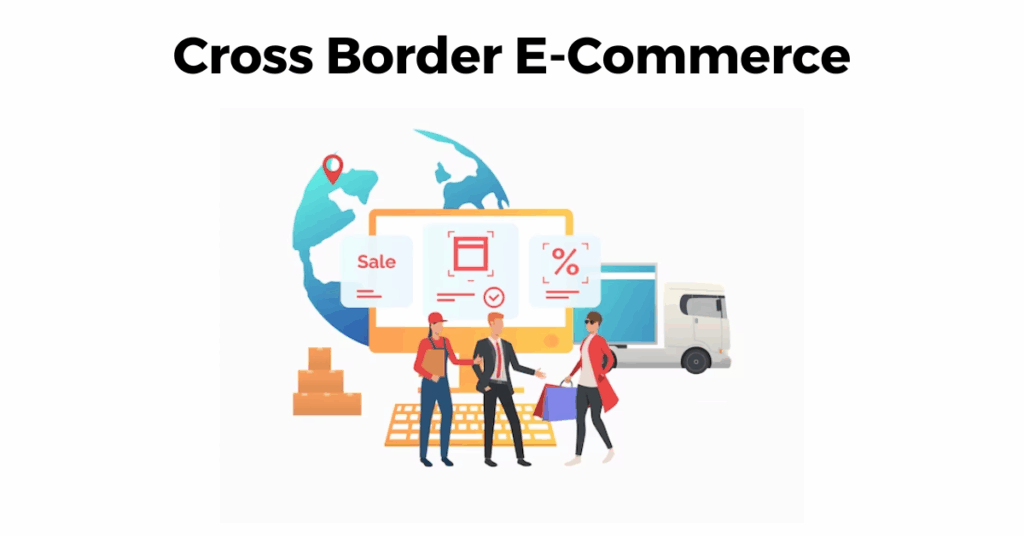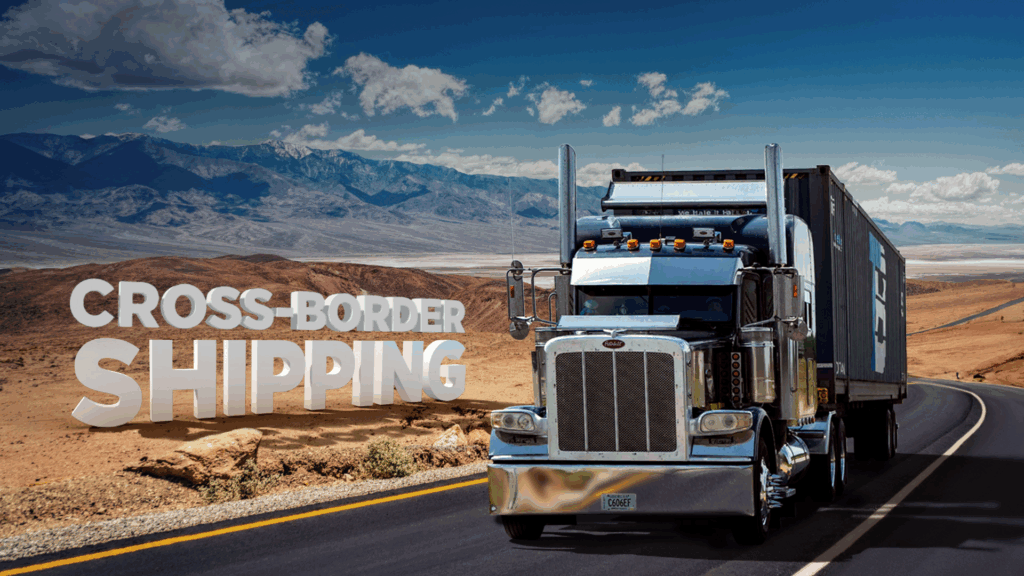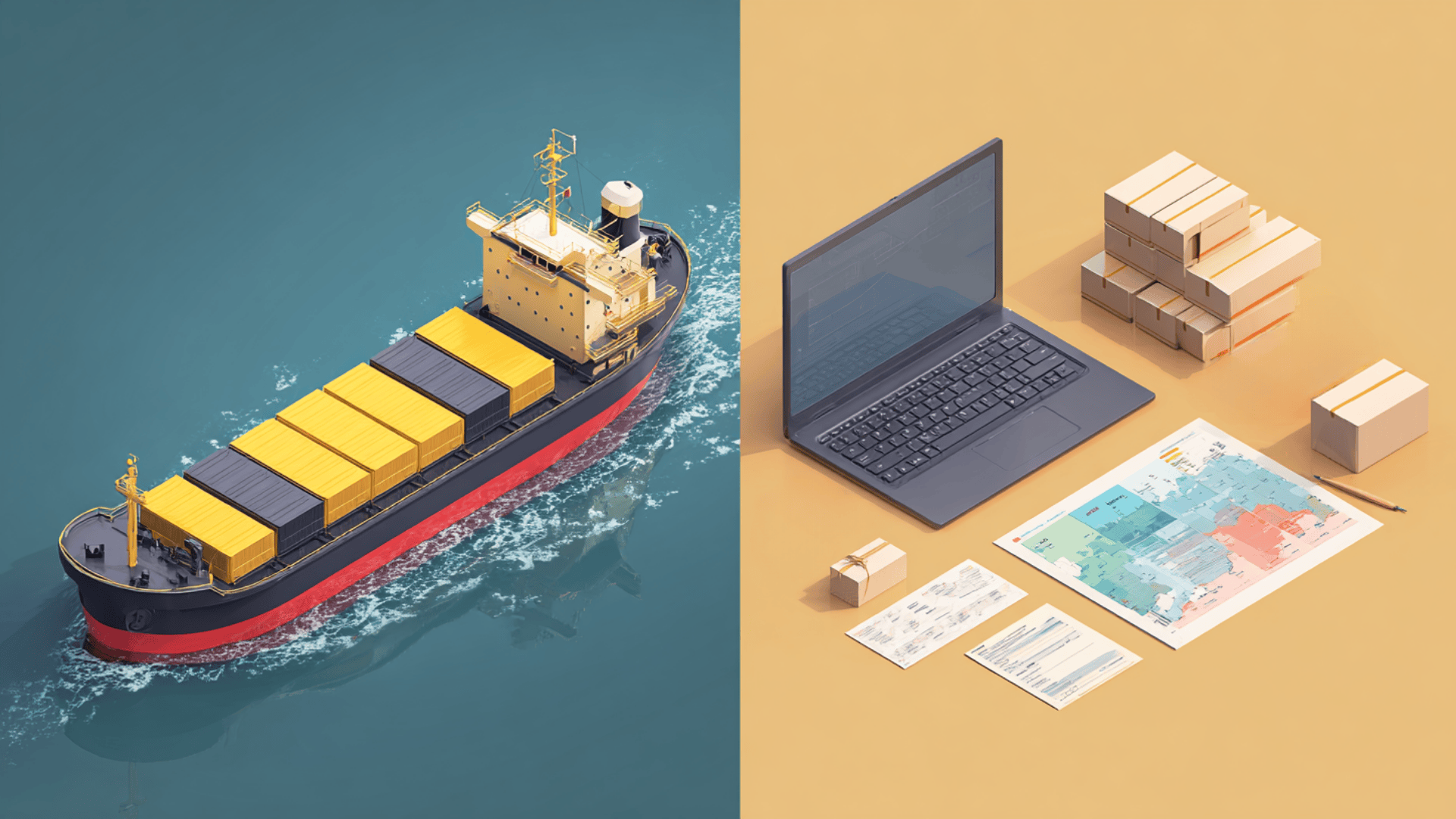What is Cross-Border Ecommerce and How Does It Work?
Cross-border ecommerce is changing the way the world shops. With just a few clicks, a customer in London can order skincare from Korea, electronics from China, or shoes from Italy. But what exactly is cross-border ecommerce, and how does it work behind the scenes?
In this article, we’ll break it down in simple terms, explain how it works, and highlight what makes it such a powerful tool for global business.

1. Understanding Cross-Border Ecommerce
Cross-border ecommerce refers to online trade between businesses (or sellers) and consumers in different countries. This can happen in three ways:
- B2C (Business to Consumer): A brand in China sells directly to a shopper in the US
- B2B (Business to Business): A wholesaler in Germany sells bulk items to a retailer in Canada
- C2C (Consumer to Consumer): An individual in Japan sells a used item to someone in Australia on a platform like eBay
In all of these cases, the key element is international shipping and foreign currency payment, which makes the process more complex than domestic ecommerce.
2. How Cross-Border Ecommerce Works Step-by-Step
Here’s a simple breakdown of how a typical cross-border ecommerce transaction works:
Step 1: Product Discovery
A buyer searches for a product on a website, marketplace (like WooCommerce or Shopify), or social media. If the product is listed for international shipping, the shopper can order it even if the seller is in another country.
Step 2: International Payment
The buyer pays using a payment gateway that supports cross-border transactions. Common options include PayPal, credit/debit cards, or local options like Alipay, Stripe, or Klarna. These platforms automatically handle currency exchange and transaction security.
Step 3: Order Fulfillment
Once the payment is confirmed, the seller prepares the item for shipment. At this stage, the product is packed and labeled with the necessary customs documents.
Step 4: Cross-Border Shipping

The package is handed over to a logistics provider. For global shipments, this might include:
- First-mile delivery (from warehouse to port or airport)
- International transport (air freight, sea freight, etc.)
- Customs clearance at the destination country
- Last-mile delivery (to the buyer’s home)
This is where postalparcel and other logistics platforms play a key role—by managing tracking, customs, and delivery networks.
Step 5: Delivery & Customer Service
The customer receives the package. If there are issues (like delays, lost items, or returns), the seller or platform provides support. Returns and refunds are more complicated with cross-border orders, but many ecommerce sellers now offer flexible international return policies.
3. Why Cross-Border Ecommerce Is Growing Fast
There are several reasons why more businesses and consumers are turning to cross-border ecommerce:
- Wider product choices: Shoppers get access to unique or lower-priced products not available locally
- Lower costs for sellers: Brands can sell directly to overseas customers, skipping the middlemen
- Digital tools: Technology makes it easier to manage payments, shipping, and customer support globally
- Logistics solutions: Platforms like postalparcel simplify international tracking and customs handling, removing traditional barriers
4. Challenges in Cross-Border Ecommerce

While the opportunities are huge, cross-border ecommerce does come with challenges. Here are some common hurdles:
- Shipping delays: International shipping often takes longer than domestic, especially during customs clearance
- Customs and duties: Import taxes can surprise buyers if not clearly stated upfront
- Language barriers: Miscommunication can happen if product listings aren’t localized
- Currency differences: Exchange rates can affect prices and profit margins
- Returns management: Handling returns across countries is expensive and logistically complex
Fortunately, smart logistics platforms and fulfillment partners can help solve or minimize many of these challenges.
5. How Logistics Platforms Like PostalParcel Help

At postalparcel, we help ecommerce sellers simplify and optimize their cross-border operations. Here’s how:
- Real-time tracking: Buyers can see where their package is at any moment
- Customs integration: We help ensure correct documentation to avoid delays at borders
- Warehouse management: Store inventory close to your target customers with our flexible fulfillment network
- Localized support: We provide communication and updates in multiple languages and regions
- Return handling: Our return logistics service streamlines international product returns
By offering these services, we enable sellers to reach more global customers, reduce delivery times, and improve customer satisfaction.
Conclusion
Cross-border ecommerce is no longer just a trend—it’s the future of retail. With the right tools and logistics partners, any business can expand beyond local borders and reach customers worldwide.
Tapping into cross-border markets can unlock exciting opportunities, whether you’re a growing online brand or a seasoned ecommerce seller. And at postalparcel, we’re here to make that journey smooth, reliable, and efficient.
Start shipping smarter today with postalparcel—your global logistics partner.
Industry Insights
news via inbox
Nulla turp dis cursus. Integer liberos euismod pretium faucibua








